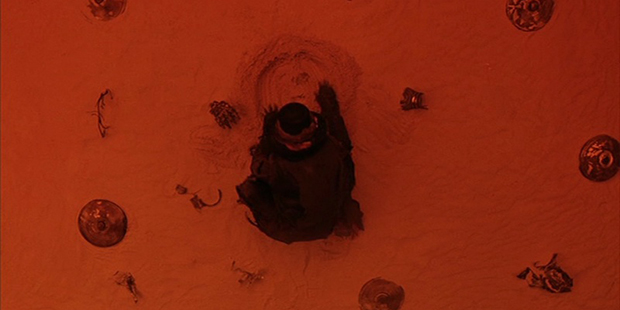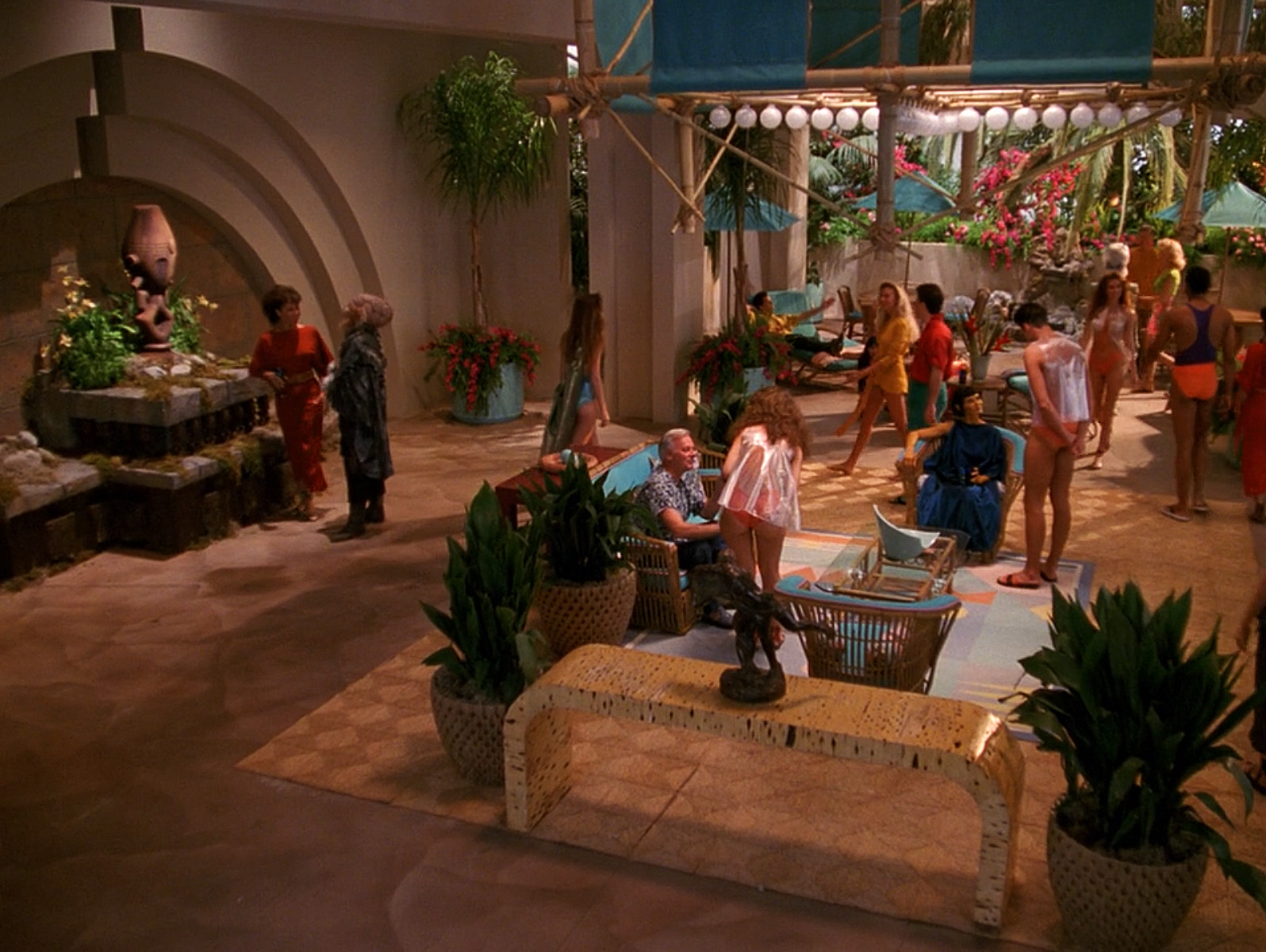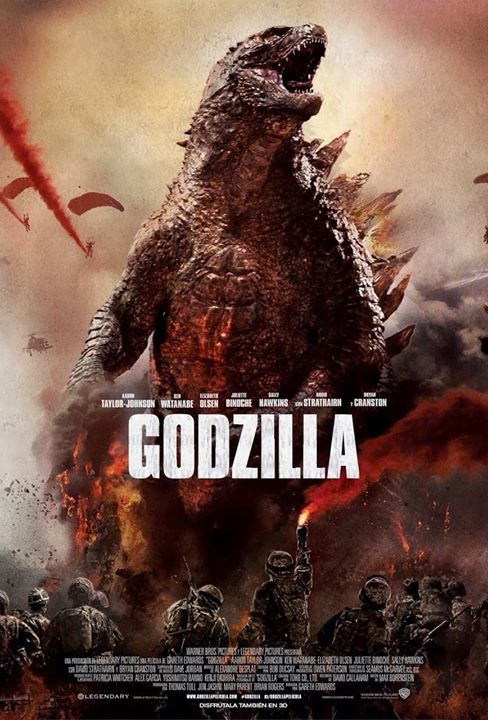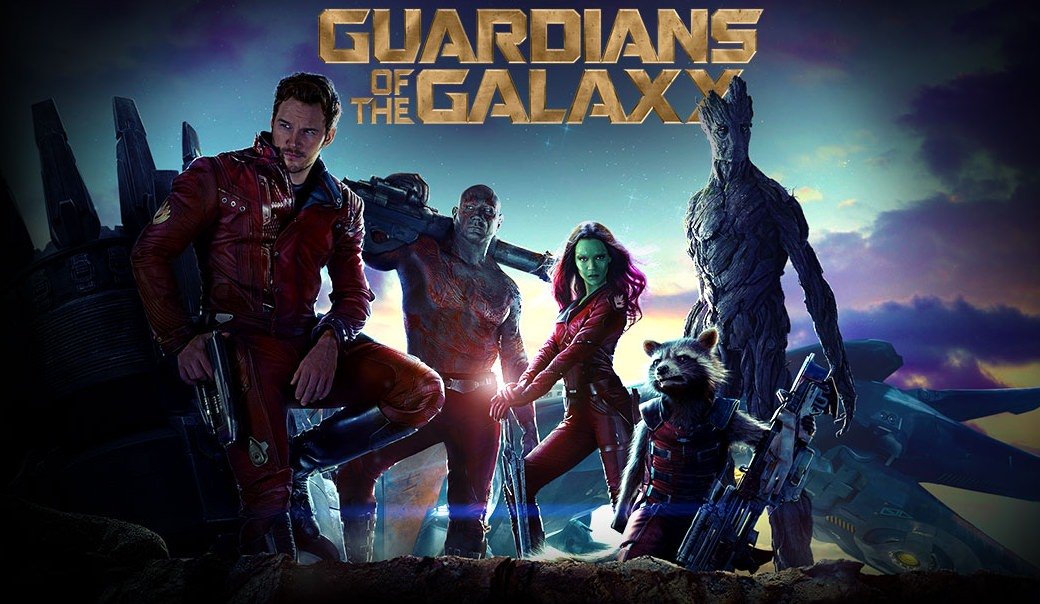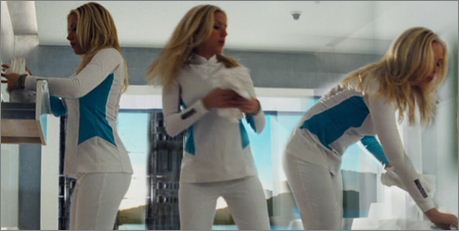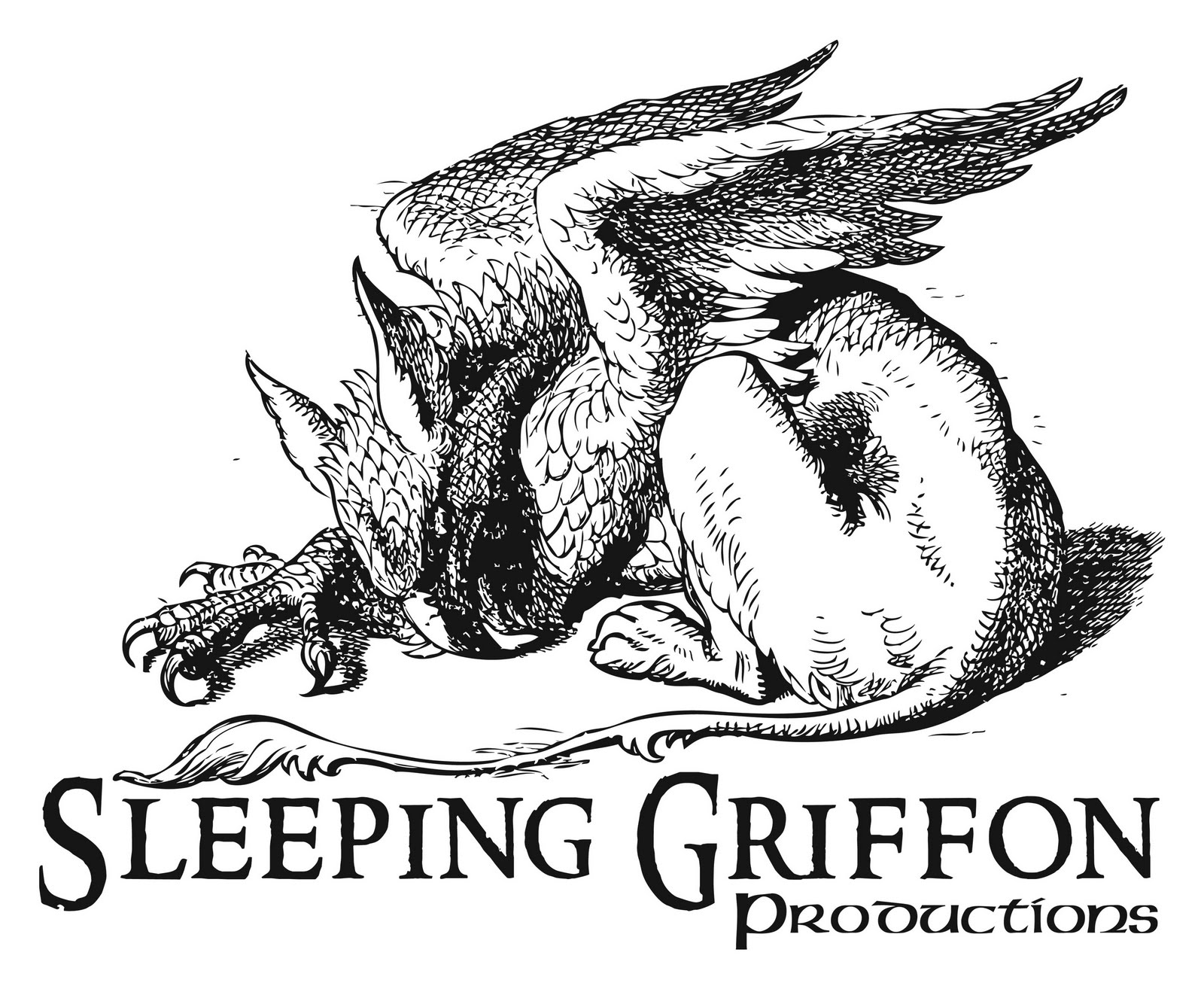Epic Illustrated #6 (June 1981) Story & Art by James Starlin
Synopsis: Using the talisman which holds the secret to the Infinity Horn's location, Aknaton performs a ritual, casts a spell. He reaches out into the void to find something greater than himself. And his call is answered by a being the awestruck Aknaton calls "Ra."
By whatever name, Aknaton begs the entity's help. The entity replies that the need of his worshipers is the whole reason for his existence: what does Aknaton need? Well, Aknaton needs advice--about what he's planning to do.
The entity is aware of the Osirosian plan to destroy the Milky Way. Does Aknaton want to know if it will be successful? Or does he want aid, perhaps?
Neither are Aknaton's desire. He is fully confident in the success of the plan (though the entity points out that in giving the sword to the Byfrexian, Aknaton may have created a variable beyond his control) and he needs no aid. He wants to know if what he is doing is right.
The entity shows him the horrors of the future where he doesn't act. After these visions he asks: "Is the question, do you have the right to play god? Or is it, do you have the duty to play god?"
Aknaton awakens alone, unsure if he actually communed with a god, or did part of him merely conjure the experience for reassurance? No matter:
Aknaton returns to the others. Vanth confronts him about his plans. Aknaton suggests he wouldn't question the plan if he saw the face of Zygoteism--and the future it will bring.
By whatever name, Aknaton begs the entity's help. The entity replies that the need of his worshipers is the whole reason for his existence: what does Aknaton need? Well, Aknaton needs advice--about what he's planning to do.
The entity is aware of the Osirosian plan to destroy the Milky Way. Does Aknaton want to know if it will be successful? Or does he want aid, perhaps?
Neither are Aknaton's desire. He is fully confident in the success of the plan (though the entity points out that in giving the sword to the Byfrexian, Aknaton may have created a variable beyond his control) and he needs no aid. He wants to know if what he is doing is right.
The entity shows him the horrors of the future where he doesn't act. After these visions he asks: "Is the question, do you have the right to play god? Or is it, do you have the duty to play god?"
Aknaton awakens alone, unsure if he actually communed with a god, or did part of him merely conjure the experience for reassurance? No matter:
Aknaton returns to the others. Vanth confronts him about his plans. Aknaton suggests he wouldn't question the plan if he saw the face of Zygoteism--and the future it will bring.
Things to Notice:
The purpose of this chapter seems to be to show the Aknaton's internal conflict regarding what he must do. Starlin chooses to dramatize this in his signature cosmic style, though he toys with the literal reality of the situation and the "god" in a way that is not far off from the sort of thing that might have been seen in a Verigo comic a decade later.
It all comes off as a bit of a cheat, perhaps. Does Aknaton earn his "absolution?" There aren't really any pros and cons to weigh--only pros are presented. The horrors of the Zygoteans are worse, we're told again and again. No additional evidence is really presented here to convince the reader Aknaton is right, though perhaps it makes him a bit more sympathetic by showing he's conflicted.
- "God" is a pretty standard Starlin cosmic entity.
- Finding the location of the Infinity Horn (the stated reason for this episode seems almost an after-thought.
The purpose of this chapter seems to be to show the Aknaton's internal conflict regarding what he must do. Starlin chooses to dramatize this in his signature cosmic style, though he toys with the literal reality of the situation and the "god" in a way that is not far off from the sort of thing that might have been seen in a Verigo comic a decade later.
It all comes off as a bit of a cheat, perhaps. Does Aknaton earn his "absolution?" There aren't really any pros and cons to weigh--only pros are presented. The horrors of the Zygoteans are worse, we're told again and again. No additional evidence is really presented here to convince the reader Aknaton is right, though perhaps it makes him a bit more sympathetic by showing he's conflicted.




















